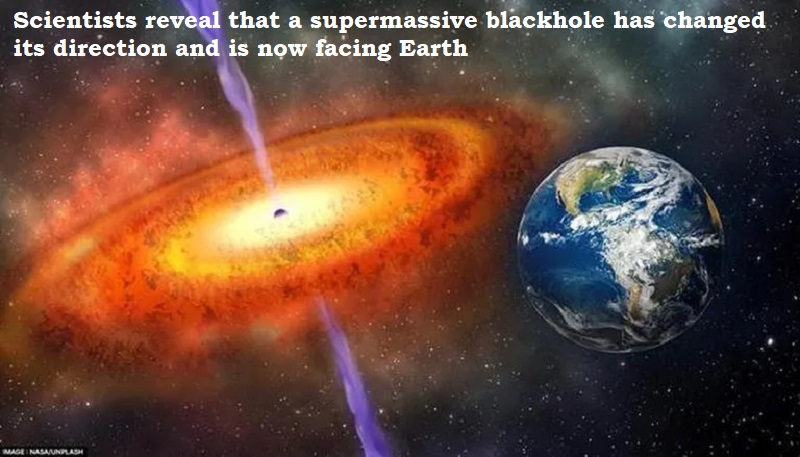
Scientists at the Royal Astronomical Society have discovered that a supermassive black hole in a galaxy located 657 million light-years from Earth has changed its direction and is now directly facing Earth. This galaxy, known as PBC J2333.9-2343, has an active galactic nucleus called a blazar, which emits high-energy radiation and is powered by a supermassive black hole with a relativistic jet.
The galaxy has now stretched to nearly 4 million light-years across, making it almost 40 times larger than the Milky Way.
The research team began studying the galaxy because of its unusual properties and hypothesized that the relativistic jet of its supermassive black hole had changed its direction.
To confirm this, they conducted several observations. The scientists observed that the nucleus of the galaxy was no longer feeding the lobes, indicating that they are relics of past activity, while the structures closer to the nucleus are younger and active jets.
It is unclear what caused the change in direction of PBC J2333.9-2343 and how it may impact Earth. The researchers suggest that a collision with another galaxy may have caused the shift. The discovery of this black hole facing Earth highlights a potential threat, but it is not the only one.
Recently, three near-Earth asteroids were discovered in the inner solar system, which could pose a risk to Earth, according to new data published in The Astronomical Journal.

Post Your Comments